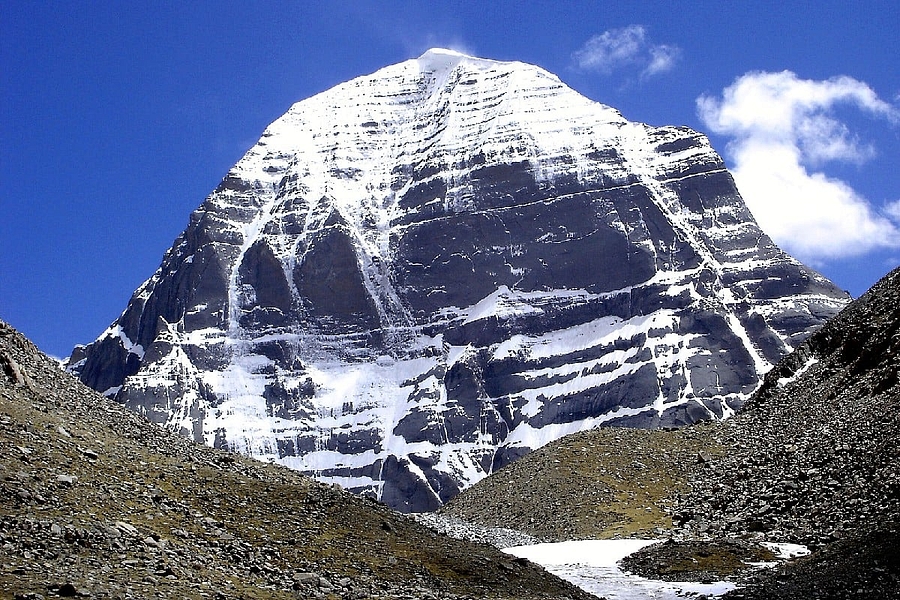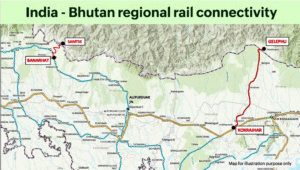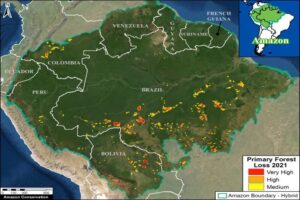
“Kailash-Mansarovar Yatra Resumes After Five Years: History of a Storied Pilgrimage”
CLAT Gurukul – best online coaching for CLAT
“online coaching for CLAT”, “CLAT Current affairs 2026”, “Current Affairs 2026”
Why in News:
In July 2025, the Indian government resumed the sacred Kailash-Mansarovar Yatra after a five-year hiatus caused by the COVID-19 pandemic and strained diplomatic relations between India and China. The resumption signifies not just a religious revival but a complex interplay of foreign policy, high-altitude logistics, spiritual diplomacy, and international cooperation.
With 750 pilgrims selected for the 2025 season, the Ministry of External Affairs approved two different routes—via Lipulekh Pass in Uttarakhand and Nathu La in Sikkim—reviving an age-old tradition that holds immense significance in Hinduism, Buddhism, Jainism, and Bon faiths.
This resumption makes it a prime topic for CLAT Current Affairs 2026 preparation, as it blends international relations, religious rights, border geopolitics, and cultural heritage—areas often tested in CLAT’s legal reasoning and current affairs sections.
Introduction:
The Kailash-Mansarovar Yatra has for centuries captured the spiritual imagination of millions. Mount Kailash—called Gang Rinpoche in Tibet—is not just a snow-capped peak but a sacred axis mundi (world axis) where mythologies converge, and pilgrimages transcend national boundaries.
The journey to Mansarovar Lake, nestled at 15,000 feet, and around the base of Mount Kailash (elevation: 6,638 meters) is among the world’s most arduous religious expeditions. It involves both physical endurance and bureaucratic navigation, as it lies in Tibet Autonomous Region of China, near the trijunction of India, Nepal, and Tibet.
The yatra had been suspended since 2020 due to the pandemic and ongoing India-China border tensions—including the Galwan Valley clash. Hence, the 2025 resumption carries both religious and geopolitical undertones.
Debate Structure: Two Perspectives on the Resumption
Argument 1: A Triumph of Faith and Cultural Diplomacy
Key Points:
- Religious Reassurance for Devotees:
- After years of uncertainty, the resumption affirms the constitutional right to religious expression under Article 25 of the Indian Constitution.
- For Hindus, Mount Kailash is the abode of Lord Shiva, while Mansarovar represents the mythical source of purity. The resumption revives a sacred rite.
- Cultural Soft Power:
- India, through the Ministry of External Affairs, is reviving cultural diplomacy and religious tourism.
- This is a rare case where foreign policy intersects with soft power based on spiritual heritage.
- Multiple Faiths Reunited:
- The yatra is not exclusive to Hindus. Buddhists believe Lord Buddha visited the site. Jains see it as the site of liberation (moksha) for the first Tirthankara. The Bon religion (pre-Buddhist Tibetan belief) also reveres the mountain.
- Diplomatic Win Amidst Tensions:
- Despite ongoing Indo-China friction, this cooperation on pilgrimage access showcases the potential for cultural confidence-building.
- China’s decision to allow the yatra, even under surveillance, is symbolic of cautious thawing.
- Expanded Routes Reflect Inclusion:
- Both Lipulekh (Uttarakhand) and Nathu La (Sikkim) routes are operational. This ensures accessibility for different geographic regions.
- Environmental Consciousness:
- Unlike mass pilgrimage models (e.g., Amarnath), the yatra permits only 750 pilgrims, maintaining ecological balance in the fragile Himalayan ecosystem.
Quote:
“This is not merely a journey; it is an awakening of spiritual diplomacy and a message of peace that transcends borders.”
Argument 2: A Politically Risky Symbolism Amidst Ongoing Border Tensions
Key Points:
- Continued Border Disputes:
- Resuming a civilian religious mission while diplomatic and military tensions persist at LAC (Line of Actual Control) is seen by some as premature or risky.
- China continues to militarize the Tibetan plateau, including close to pilgrimage routes.
- Surveillance Concerns:
- All Indian pilgrims are monitored in Tibet by Chinese authorities. There is no religious freedom or autonomy for them once inside Chinese territory.
- Symbolic Gesture, Little Strategic Gain:
- Unlike economic or border negotiations, this gesture is symbolic and may be used by Beijing to project cooperative behavior despite strategic aggression.
- Environmental Fragility:
- Even a regulated number of pilgrims can pose risks to high-altitude ecosystems, especially in monsoon-prone, landslide-prone areas.
- Humanitarian Risks:
- High-altitude sickness is common; acclimatization remains a challenge.
- Medical infrastructure on the Tibetan side is limited, putting pilgrims at risk.
- Lipulekh Dispute with Nepal:
- The Lipulekh route continues to be contested by Nepal, which claims the region as part of Kalapani territory. The yatra could inflame bilateral issues.
Quote:
“What begins as a sacred mission could become another geopolitical flashpoint if not handled with caution.”
Route and Logistics Overview
- Lipulekh Route (Uttarakhand):
Starts at Dharchula → Tawaghat → Gunji → Lipulekh Pass → Enters Tibet
▪ Takes 18-20 days
▪ Strenuous terrain with trekking and camping - Nathu La Route (Sikkim):
Starts at Gangtok → Sherathang → Nathu La → Enters Tibet → Reaches Mansarovar
▪ More bus-based, less physically demanding
▪ Popular among senior citizens
Historical Background & Cultural Significance
- Mount Kailash is regarded in Hinduism as the abode of Shiva, while Mansarovar is the source of sacred rivers like Ganga, Brahmaputra, and Indus in mythologies.
- First documented Indian pilgrim groups began in early 1900s with Tibetan cooperation.
- The Yatra was institutionalized post-1950 but was suspended during the Sino-Indian war in 1962 and resumed in the 1980s.
- During the Covid-19 pandemic in 2020 and after the 2020 Galwan Valley clash, the pilgrimage was halted due to health and security concerns.
Notes on Important Terms
Term | Explanation |
Mount Kailash (Gang Rinpoche) | Sacred peak located in the Tibet Autonomous Region; considered holy by Hindus, Buddhists, Jains, and Bons. |
Mansarovar Lake | Freshwater lake near Mount Kailash, considered spiritually cleansing in multiple religions. |
Lipulekh Pass | A Himalayan pass near Uttarakhand; one of the routes to Kailash, and also a point of dispute between India and Nepal. |
Nathu La | Mountain pass in Sikkim providing a second route to Kailash; opened in 2015. |
Article 25 (Indian Constitution) | Guarantees the freedom of religion and the right to manage religious affairs. |
LAC (Line of Actual Control) | De facto border between India and China. Several parts remain contested, including near pilgrimage routes. |
Relevance for CLAT Aspirants
- Legal Angle:
- Constitutional Rights (Article 25), environmental regulations, international treaties.
- Geopolitical Context:
- India-China relations, Lipulekh dispute, Tibet issue.
- Cultural Heritage:
- Understanding pilgrimage routes and their multi-faith significance enhances analytical depth for legal reasoning.
- Environment & Disaster Risk:
- High-altitude management, monsoon impact, disaster mitigation law and policy.
Conclusion:
The Kailash-Mansarovar Yatra is a potent symbol of spiritual aspiration, geopolitical strategy, and cultural continuity. Whether seen as a triumph of diplomacy or a symbolic offering amid larger tensions, it underscores the power of faith to shape foreign policy.
Promotional Hook for CLAT Gurukul:
At CLAT Gurukul, we help you connect legal principles to real-world current affairs like the Kailash-Mansarovar Yatra. Our best online coaching for CLAT ensures you are equipped with not just facts, but also the critical thinking needed to decode such layered stories in the CLAT Current Affairs 2026 section.
Join us for online coaching for CLAT that keeps you ahead, informed, and exam-ready.




